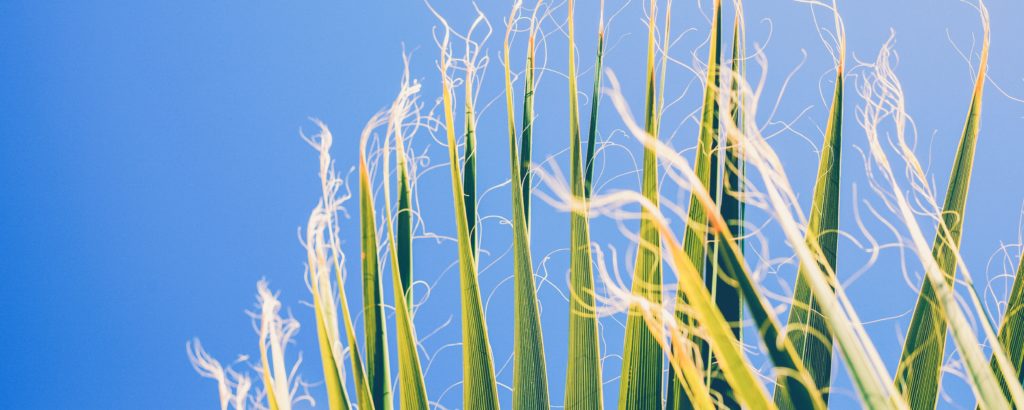
Dietary fiber has been known to be really important for good nutritional health for many decades. It’s perhaps strange then that so few people really understand what it is. So what is dietary fiber?
Technically speaking…
Dietary fiber, in its most broad definition, is basically all the stuff in your food that is not digested by your body. Your body has a highly refined process for digesting food. It can deal with protein, carbohydrates and fat, but it can’t digest everything. All the stuff it can’t digest is called fiber (or what used to be called roughage).
Because fiber is everything your body can’t digest, it is composed of a range of different materials. The majority of them are indigestible (and therefore non- or low-calorie) carbohydrates. These are sometimes know by nutritionists as “non-starch polysaccharides,” unavailable carbohydrates” or “non-glycemic carbohydrates.”
The Food and Agriculture Organisation (FAO 1998) of the United Nations and World Health Organisation prefer to use the term “non-glycemic carbohydrates” because technically fiber is not unavailable – we get a bit of energy from it when the bacteria in our guts grow on it – but it is non-glycemic, as we don’t get sugars wen they do so.
But as with many names, the technically most appropriate one has not stuck: “dietary fiber” is probably here to stay.
Where dietary fiber comes from
The bits that your body isn’t able to digest well are basically all the structural parts of the food materials, such as the structural parts of plants and mushrooms. For example, you know the thin stringy bits you get if you take a piece of celery and break it in two? These are the structural parts of the celery plant, and are responsible for transporting water around the plant.
There are also some structural components in almost all plat materials, such as in fruits.
In all unrefined plant materials, you’ll find some fiber. But some plant materials contain more fiber than other. To learn more about where you can find fiber from, see our page on Which Foods are High in Fiber Foods?
Different types of dietary fiber
One of the strange things about nutritional labelling is that fiber is just described once on the packaging even though is actually made of so many different types. Each of them have different effects on food and on the body.
Different types of fiber can be distinguished with respect to solubility and insolubility in water. Fibers that enter the large intestine and that are soluble behave in different ways to those that are insoluble, but the distinction is not hugely clear-cut. They can also be distinguished by physiological classification or chemical classification. But this isn’t satisfactory either, because it is difficult to measure what exactly ‘physiologically indigestible’ means, and that varies between people anyway. And the chemical structure of carbohydrates also doesn’t directly predict whether or not they will be digested.
Soluble and insoluble fiber
Dietary fibres are often distinguished into ‘soluble’ and ‘insoluble’ types which (you guessed it), differ in their solubility in water. On a scientific level this is a crazily simplistic distinction, as there’s so much diversity within these two types. But it can be a useful way to think about fiber anyway, as soluble and insoluble types of fiber have different effects on the body.
Going deeper than just soluble and insoluble
In reality, there’s actually far more to fiber than just that. Here are some of the key ones:
Cellulose
Cellulose is the main type of insoluble fiber found in plant materials. It is rich in the structural components of fibrous plant material, such as celery.
Beta-glucan
Beta-glucan is a soluble fiber that is rich in oats and present in some other cereals. It is partly responsible for the jelly-like nature of porridge.
Pectin
Pectin is a soluble fiber that is a rich component of fruits. In fact citrus fruits are the main source of the pectin that you use for making jams and jellies. Pectins form jelly-like structures when they cool.
